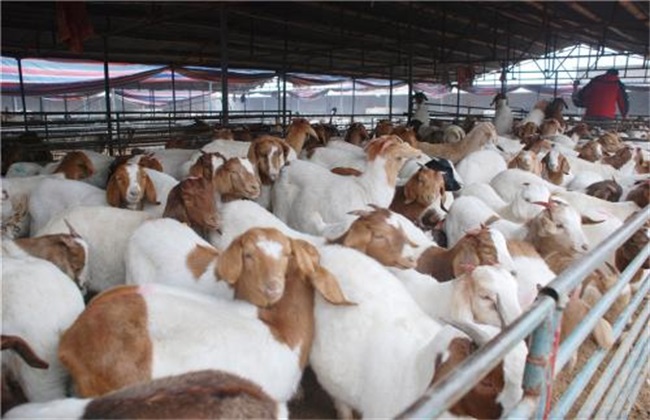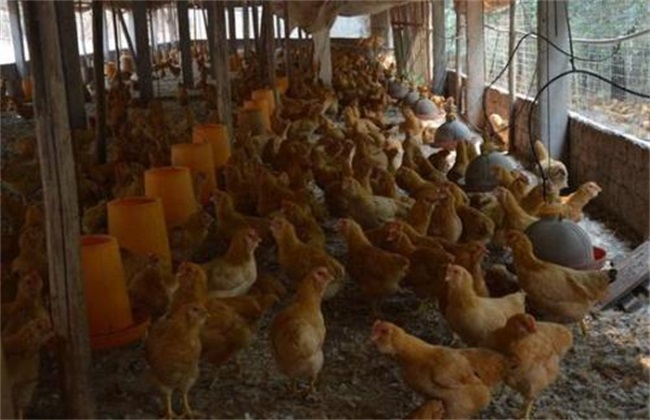How to improve the meat production rate of meat rabbit
Rabbit breeding is now very common in our country, and now rabbit breeding is generally suitable for wool rabbits, pet rabbits and meat rabbits. Among them, meat rabbit is the most common, rabbit meat has high nutritional value and delicious taste, and is also welcomed by many people. However, when we raise meat rabbits, how can we improve the meat production rate of meat rabbits? The following editor will give you a brief introduction, let's have a look!

1. Ensure nutrition
Ensuring nutrition is the key measure to improve the meat production rate of meat rabbits. When we raise meat rabbits, we should use concentrate supplement and green feeding to fattening together. When replenishing concentrate in small farms, the nutrition level should be based on crude protein combined with an appropriate amount of crude fiber, calcium, phosphorus and methionine. The amount of pellet feed was gradually increased according to the change of the body weight of meat rabbits. And each meat rabbit should be fed about 200g green feed every day.
If it is a large-scale farm, then when feeding feed, it should be based on full-price pellet feed. The content of crude protein in feed was kept at about 16%, and the content of crude fiber was increased to about 13%. The amount of pellet feed per rabbit was kept at about 100g per day. It is also necessary to gradually feed the meat rabbit from small to large. Take timing and quantitative feeding as the feeding principle, let the meat rabbits eat freely, and at the same time keep the meat rabbits with adequate drinking water.
2. Strengthen the management
When raising meat rabbits, it is generally mainly raised in groups, which can be raised in separate cages and columns. The meat rabbits are divided into groups according to the weight of meat rabbits to prevent the phenomenon of bullying the small, which can effectively improve the quality of meat rabbits. When raising, if the temperature is less than 10 degrees, then it is necessary to pad the grass, do a good heat preservation measures. And the sunshine time that the meat rabbit receives every day should be kept at about 12 hours. Finally, we should try our best to ensure that the rabbits in the same cage can eat and drink at the same time, so as to avoid the phenomenon of insufficient food for a rabbit. It is also necessary to prevent meat rabbits from trampling on feed, resulting in feed water pollution and waste.
3. Elimination in time
For some sick rabbits and weak rabbits, we should eliminate them in time, because these rabbits are very easy to die in the middle fattening period. And the slow growth rate can easily lead to feed waste and increase the breeding cost. So when we start fattening meat rabbits, we have to eliminate the weak ones in time. Especially young rabbits with disease, because sick rabbits will not only spread the disease, but also increase the cost of drugs, and young rabbits are prone to poor growth even if cured. Therefore, once the deterioration of sick rabbits is found, it should be eliminated in time to avoid the outbreak of epidemics.
The above is a brief introduction to how to improve the meat production rate of meat rabbits. That's all for today's introduction. This article is for reference only. I hope it can be helpful to everyone.
Related
- On the eggshell is a badge full of pride. British Poultry Egg Market and Consumer observation
- British study: 72% of Britons are willing to buy native eggs raised by insects
- Guidelines for friendly egg production revised the increase of space in chicken sheds can not be forced to change feathers and lay eggs.
- Risk of delay in customs clearance Australia suspends lobster exports to China
- Pig semen-the Vector of virus Transmission (4)
- Pig semen-the Vector of virus Transmission (3)
- Five common causes of difficult control of classical swine fever in clinic and their countermeasures
- Foot-and-mouth disease is the most effective way to prevent it!
- PED is the number one killer of piglets and has to be guarded against in autumn and winter.
- What is "yellow fat pig"? Have you ever heard the pig collector talk about "yellow fat pig"?



